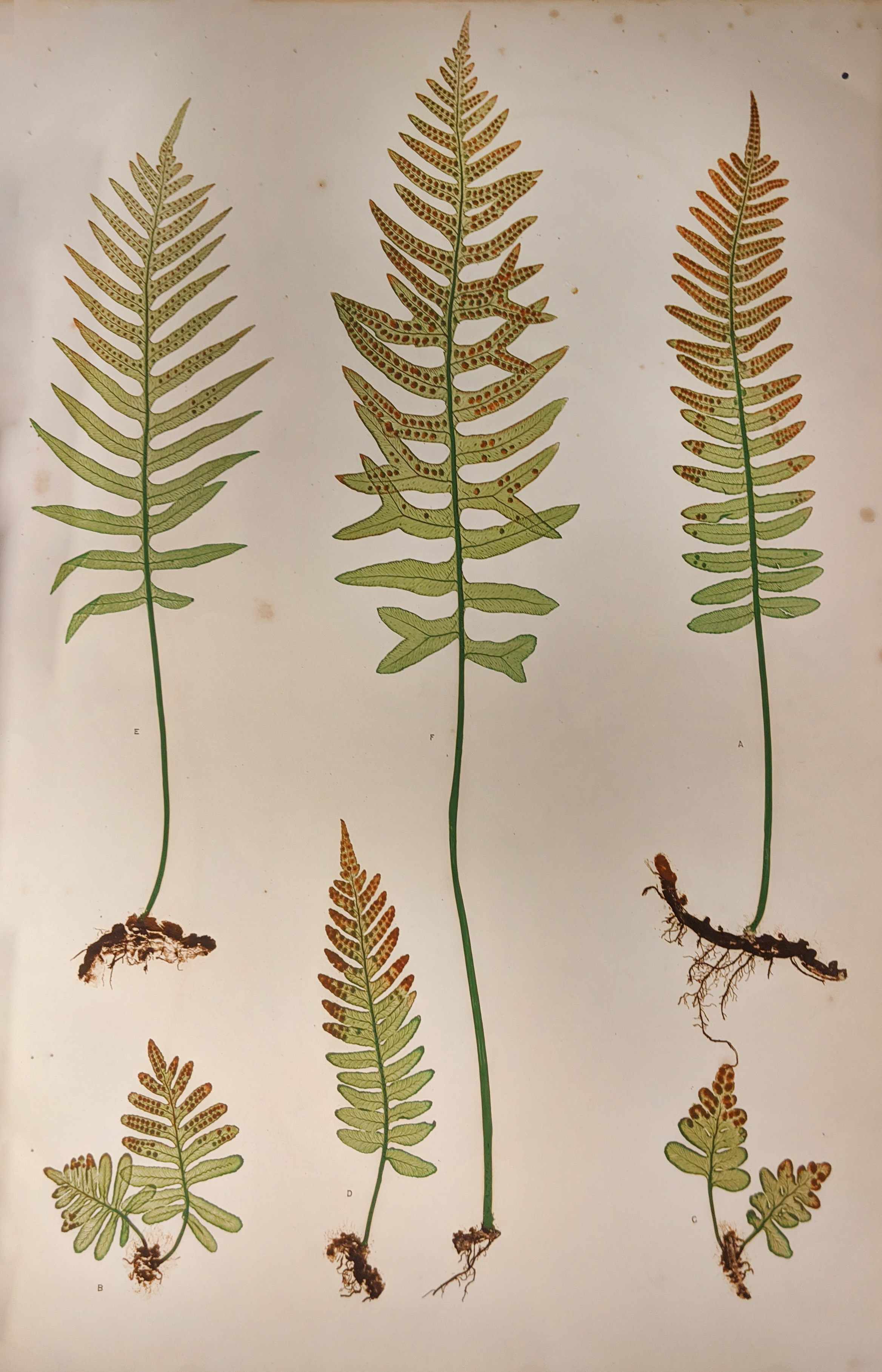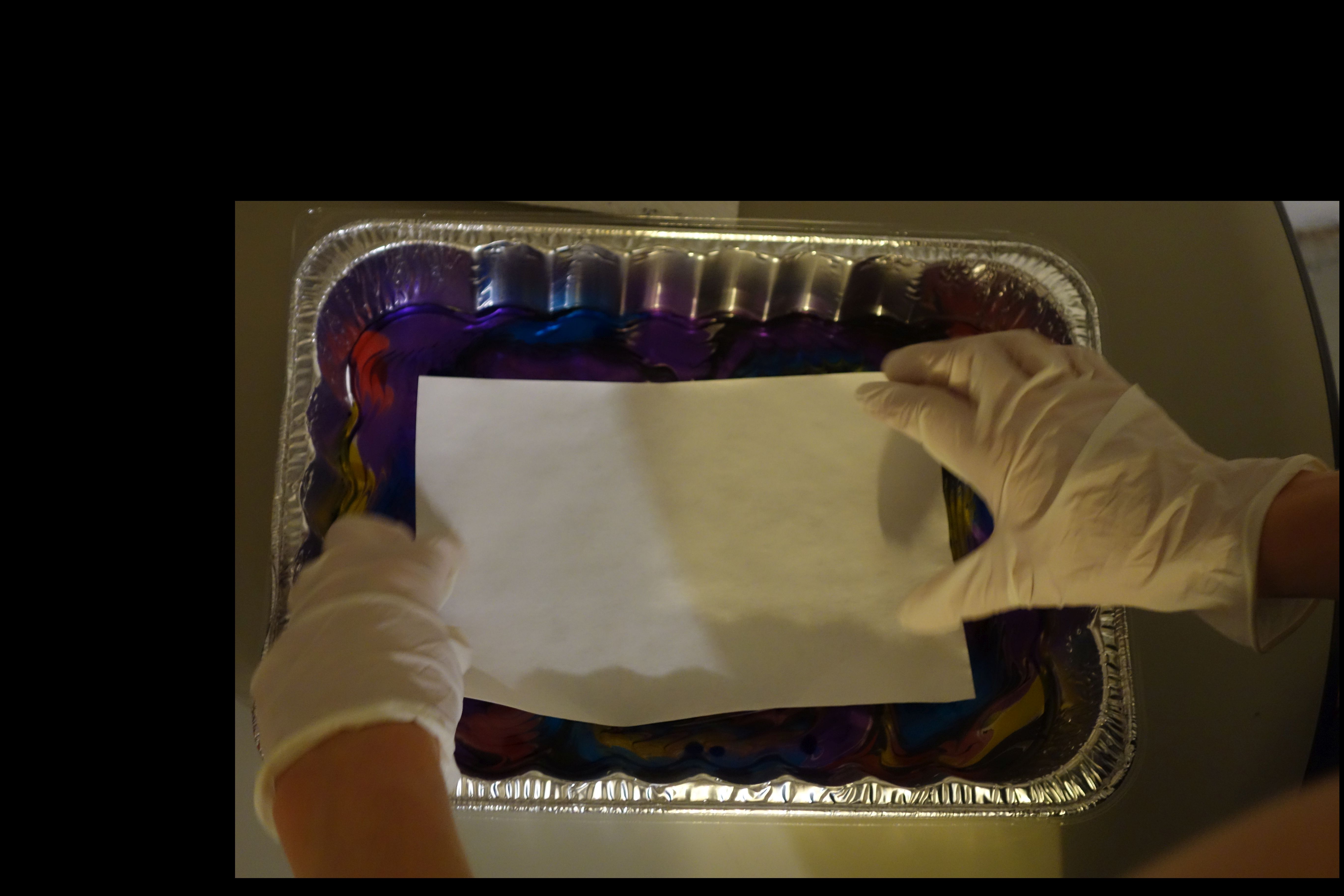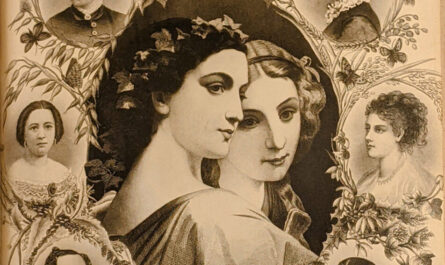The Ferns of Great Britain and Ireland (1855), written by botanist Thomas Moore with color engravings by Henry Bradbury, provided fern enthusiasts not only with detailed descriptions of the plants, but also depictions of their anatomy, color, and texture that were startling in their accuracy. The book’s fifty-one plates were “nature-printed,” a process Bradbury did not invent but which he claimed to have improved upon enough to patent.
Until the mid-nineteenth century, detailed botanical illustrations required the artist or engraver to draw the subject by hand, inviting the possibility of artistic interpretation and inaccuracy. Bradbury’s technique of nature printing overcame these problems by pressing the actual object to be reproduced—such as a leaf or fern—between two metal plates (one of steel and the other of lead) and then running the plates through a pair of rollers. The high pressure transferred a finely detailed intaglio impression of the object into the soft lead plate. Because the lead was too soft to print from directly, this initial impression had to be electrotyped so it could be transferred to a more durable copper printing plate. This copper plate was then inked—sometimes with multiple colors—and put through the press to produce detailed and texture-rich illustrations with an embossed surface that could be felt and seen.
The Ferns of Great Britain and Ireland appealed to fern-obsessed Victorian audiences and showcased the capabilities of Bradbury’s technique. Ferns worked especially well for nature printing because they were flat, while plants with thicker stems and flowers would be deformed by the pressure of the plates. There were further limitations to the process, such as the need to dry the specimen beforehand, the smoothing and effacing of any fine texture that might be present on the plant’s surface, and the inability to reduce or enlarge the resulting images. These, combined with the rise of photography and the death of Bradbury in 1860, caused nature printing to fall out of use. See the images below for examples of Bradbury’s short-lived technique.








